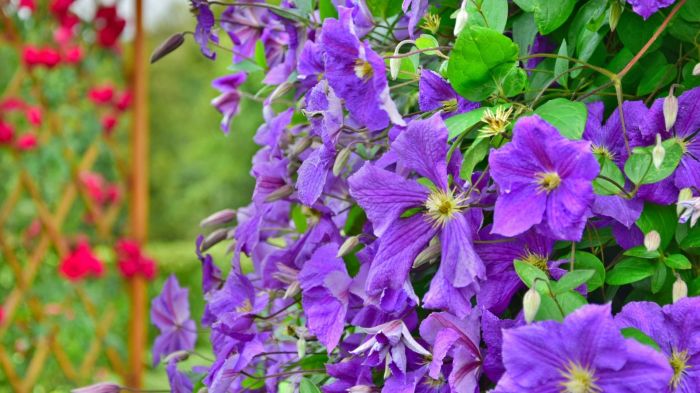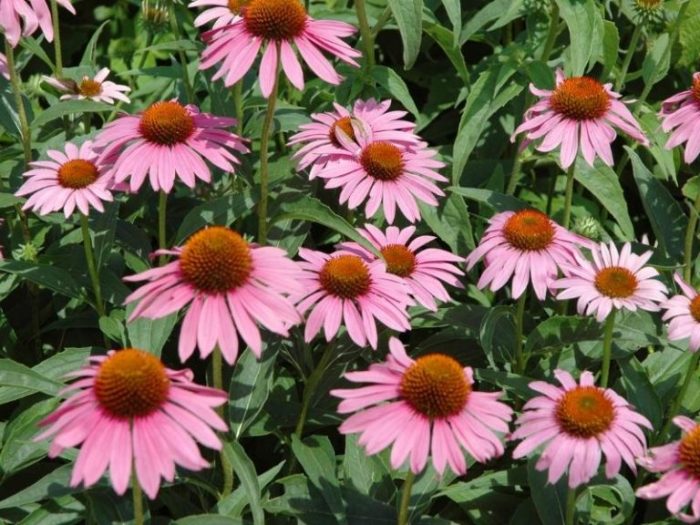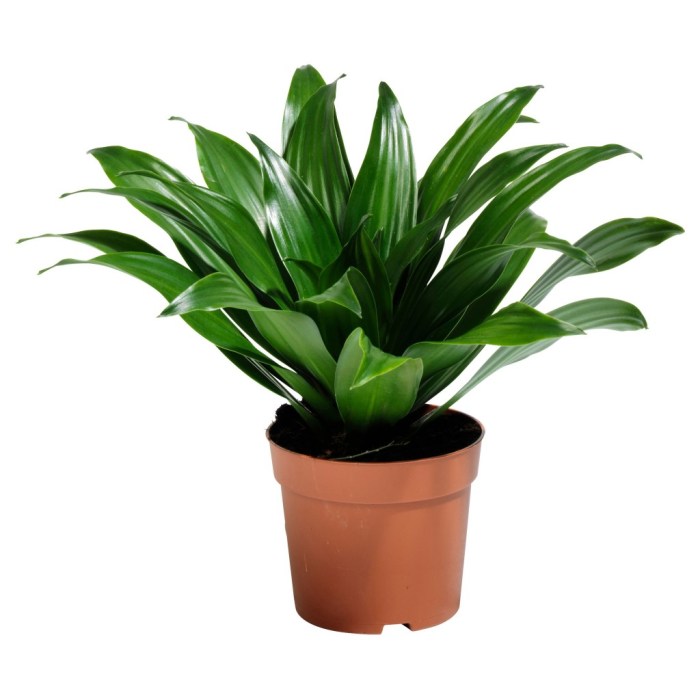Choosing the Right Pot and Soil

How to plant tomatoes in a pot – Planting tomatoes in Bali? Totally doable, and way more chill than you think! But choosing the right pot and soil is key to a bumper crop of juicy, sun-ripened beauties. Get it wrong, and you’ll be battling wilting plants and sad tomatoes. Let’s get this right, Canggu style.
Pot Material Comparison
The pot you choose impacts your tomato’s happiness. Different materials offer different benefits, affecting drainage, heat retention, and overall plant health. Think of it as choosing the perfect surfboard – the wrong one, and you’ll be struggling!
| Pot Material | Drainage | Heat Retention | Suitability for Tomatoes |
|---|---|---|---|
| Plastic | Good (if appropriately perforated) | Moderate | Easy to find, affordable, lightweight, but can overheat in intense sun. Best with good drainage holes. |
| Terracotta | Excellent | High (can dry out quickly) | Classic choice, good aeration, but can be heavy and prone to cracking. Requires more frequent watering. |
| Ceramic | Good (if appropriately perforated) | Moderate to High | Stylish, durable, good heat retention, but can be expensive and heavy. Ensure sufficient drainage. |
| Fabric Pots (e.g., grow bags) | Excellent | Moderate | Lightweight, breathable roots, helps prevent rootbound plants. Good option for warm climates, but may dry out faster. |
Ideal Soil Composition for Potted Tomatoes
Think of your soil mix as a luxurious Balinese spa treatment for your tomato plants. The right blend ensures optimal drainage, aeration, and nutrient delivery, leading to healthy growth and delicious fruit. We’re talking vibrant, happy plants, my friend!A well-draining, nutrient-rich soil mix is essential. Poor drainage leads to root rot, while poor aeration restricts root growth.
A balanced mix of organic matter and inorganic components provides the perfect environment for your tomato roots to thrive.
Preparing the Potting Mix
Here’s a simple, step-by-step guide to crafting the perfect potting mix for your potted tomato paradise. It’s like making a delicious smoothie – get the proportions right, and you’re golden.
- Gather your ingredients: High-quality potting mix (this is your base), peat moss (improves water retention), perlite (enhances drainage and aeration), and compost (adds nutrients).
- Determine the proportions: A good starting point is a 2:1:1 ratio of potting mix:peat moss:perlite, with the addition of about 10-20% compost by volume. Adjust based on your specific soil type and climate. For example, in a drier climate, you might add slightly more peat moss.
- Mix thoroughly: Combine all ingredients in a large container. Use your hands or a garden trowel to ensure even distribution. The mix should be light, fluffy, and moist but not soggy.
- Test drainage: Fill a small pot with the mix and pour water over it. The water should drain readily without leaving the soil waterlogged. Adjust the proportions if necessary.
Providing Adequate Sunlight, Water, and Nutrients: How To Plant Tomatoes In A Pot

Hey, fellow plant parents! So you’ve got your awesome pot and soil sorted –
canggih!* Now, let’s talk about the essentials for happy, healthy tomato plants
sunshine, hydration, and a little bit of pampering with nutrients. Think of it as giving your tomatoes the ultimate Balinese spa treatment, but for their roots.Getting the balance right between sun, water, and feed is key to a bumper crop of juicy, delicious tomatoes. Too much or too little of anything, and you’ll be picking up sad, sorry-looking fruits.
Let’s get this right, ya?
Watering Schedule for Potted Tomatoes
Consistent watering is crucial, especially during hot and dry periods. Overwatering can lead to root rot, while underwatering stunts growth. A good rule of thumb is to check the soil moisture daily, especially in smaller pots which dry out faster. Stick your finger about an inch into the soil; if it feels dry, it’s time to water. During the hottest part of the day, water deeply but avoid getting the leaves wet, to prevent fungal diseases.
Larger pots retain moisture longer, so you might water every other day or even every two days, depending on the weather. In rainy seasons, you might only need to water once a week, or even less frequently. Remember to use well-draining soil to prevent waterlogging. Think of it like this: regular watering, but not soaking your plants.
Fertilizing Potted Tomatoes, How to plant tomatoes in a pot
Tomato plants are heavy feeders, so regular fertilizing is a must for a bountiful harvest. Start fertilizing about a month after transplanting your seedlings. Use a balanced, water-soluble fertilizer like a 10-10-10 or a tomato-specific fertilizer, following the package instructions carefully. Avoid over-fertilizing, as this can burn the roots. A good strategy is to feed your plants every two weeks, reducing the frequency during cooler months.
You can also use organic fertilizers like compost tea or worm castings for a more natural approach. These provide slow-release nutrients, keeping your plants fed consistently. Imagine it like giving your plants a delicious, nutrient-rich Balinese feast!
Sunlight Requirements for Tomato Plants
Tomatoes are sun worshippers! They need at least six to eight hours of direct sunlight daily for optimal growth and fruit production. If you have a shady area, consider using grow lights to supplement the natural sunlight, especially during the early morning or late afternoon. You can also try to relocate your plants to a sunnier spot if possible.
Insufficient sunlight can lead to weak plants with fewer tomatoes, and those tomatoes may be smaller and less flavorful. Think of it as giving your tomatoes the perfect Bali tan! Lots of sun equals lots of happy tomatoes.
FAQ Overview
Can I use tap water to water my potted tomatoes?
While tap water is usable, it’s best to let it sit out for 24 hours to allow chlorine to dissipate, which can harm plants. Consider using rainwater if possible.
How often should I fertilize my potted tomatoes?
Feed your tomatoes every 2-3 weeks with a balanced liquid fertilizer, following the product instructions. Adjust frequency based on plant growth and soil conditions.
What should I do if I see pests on my tomato plants?
Identify the pest and use appropriate organic control methods, such as insecticidal soap or neem oil. Monitor regularly for re-infestation.
When is the best time to harvest my tomatoes?
Harvest tomatoes when they are fully colored and slightly soft to the touch. Avoid harvesting green tomatoes unless you plan to ripen them indoors.



